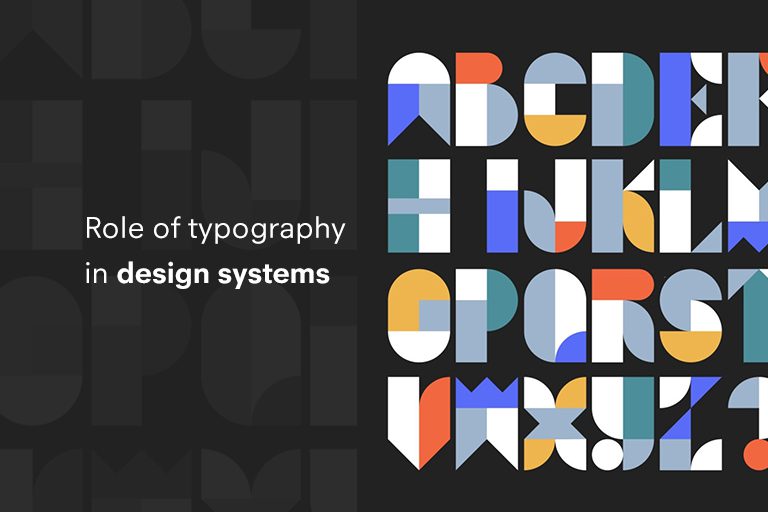Role of typography in design systems
Typography is the heart of graphic design. It is one of the most important aspects of design systems. In brand identity design, it’s important to create visual consistency across all platforms. Typography helps create harmony and consistency in a design work. In simple terms, typography is an art that consists of arranging text in a legible, striking, and engaging way.
Also Read: Innovative Product Design Ideas That Impacted The World
The history of typography can be dated back to the 11th century. Before the digital age, typography was a specialized craft associated with books and magazines, and newspapers. The Gutenberg Bible kick-started a typography revolution in the west
Typography is a strategic arrangement that takes into account the following elements
Also Read: Promising Careers In Automotive Mobility Design
- Typefaces
- Fonts
- Hierarchy
- Consistency
- Alignment
- Whitespace
To make a remarkable design, designers need to assemble all of these above elements in a way that it clearly exudes the messages they are trying to covey with their typographical skills.
Also Read: Innovative Product Design Ideas That Impacted The World
How Typography helps brands express themselves in a more precise way?
Skilled typography makes texts catchy to the eyes
A perfect combination of the right fonts and the right colours with just the right sizes can make any message look visually appealing and linguistically clear. So much so, that even simple and common phrase can turn heads if the typography is on the point.
It makes reading easier
Readability isn’t only about a font that’s pretty to read. In fact, there are fonts so frilly that at times it becomes nearly impossible to read them. To make a text readable, maintaining a “balance” in typographical elements is the key.
Also Read: How Nature Inspires Design Engineering Efficiency
It’s about the correct amount of whitespace, the correct alignment and spacing between letters, and a pleasant combination of different fonts and complimenting colors that makes texts worth reading.
Typography helps brands find prominence
We might not have the clearest picture in our head when we remember a brand, but we find it easier to remember traces like colors, sizes and fonts that are associated with a particular brand. .
The job of a graphic designer is to create a visual identity that resonates with a brand’s ideologies or the ultimate goals. For example:
Harley-Davidson, a motorcycle brand that represents freedom for wild riders, boasts bold and unique fonts in its logo and Coco Chanel, a luxury brand with their two interlinked Cs make their brand recognizable.
Also Read: UI VS UX Design: What’s The Difference
Typography impacts decision making
Typography has a profound effect on the way users digest and perceive information that is conveyed through text. Eye-catching type is much more persuasive than weak fonts that don’t reinforce the message of the text one tried to convey.
Typography is a crucial component of user interface design. Mastering typography is one of the key characteristics of a good UI designer. It’s an art that may take years to master. When done well, typography can create brands and help them find prominence among target audiences by conveying crucial product messages in an artistic and unique manner.



Want to Become a Designer ?
Strate is a unique design school that nurtures your talents as a designer by offering state-of-the art designing courses in Bangalore.
Join Strate